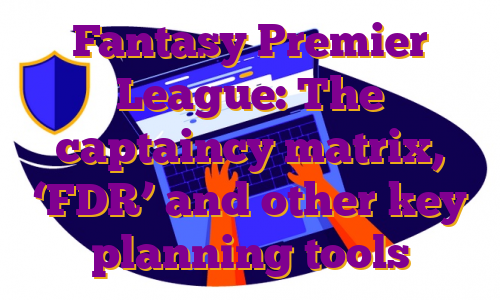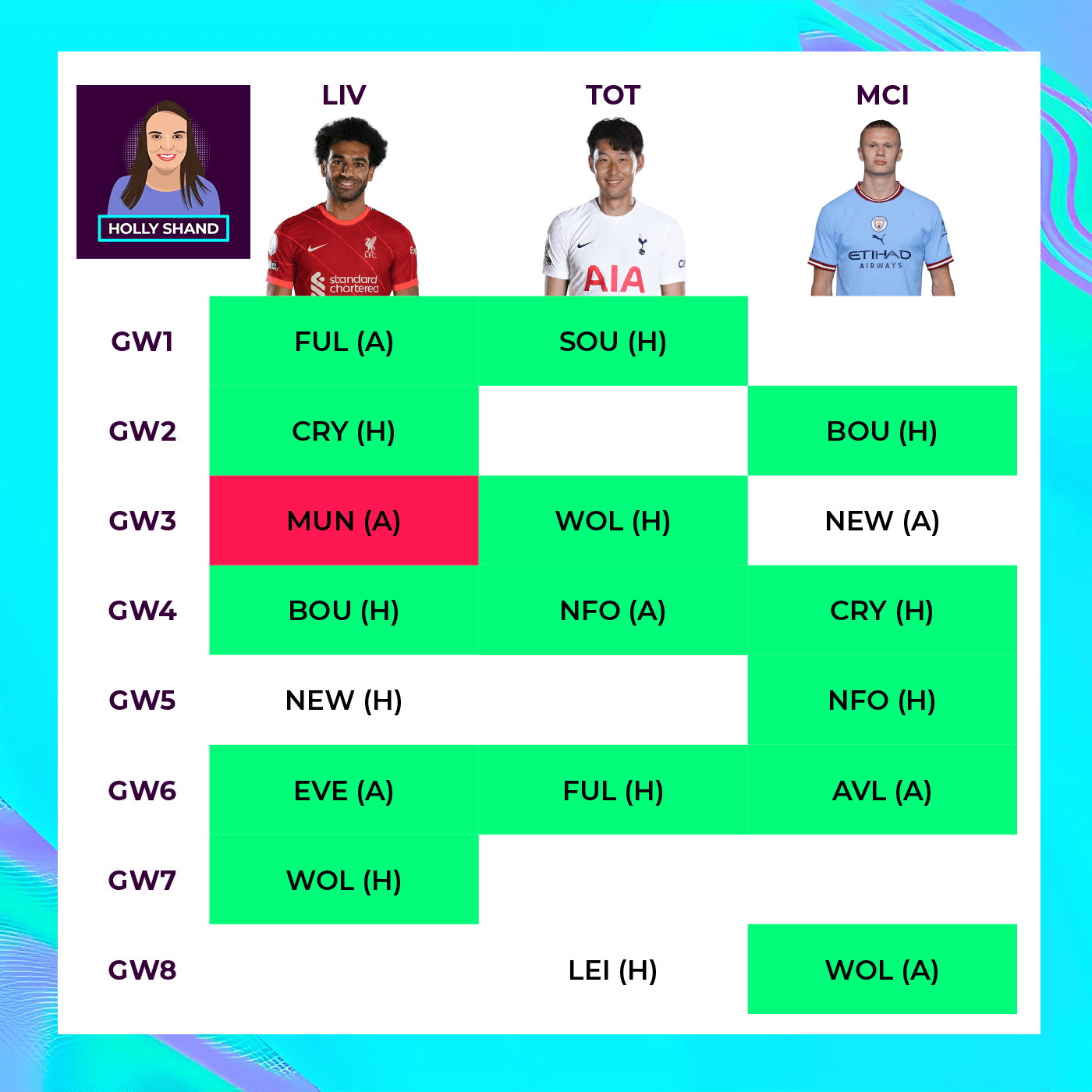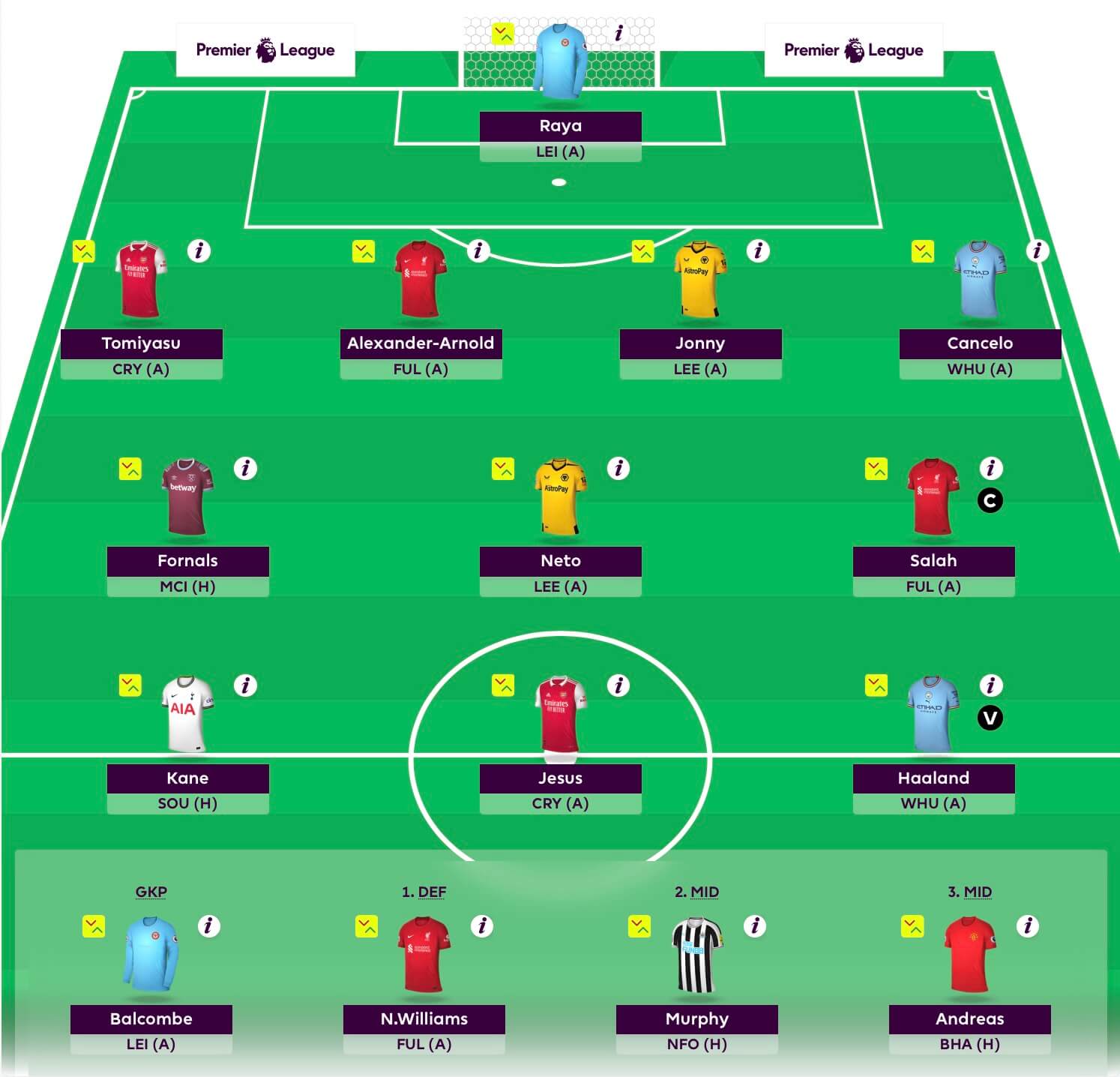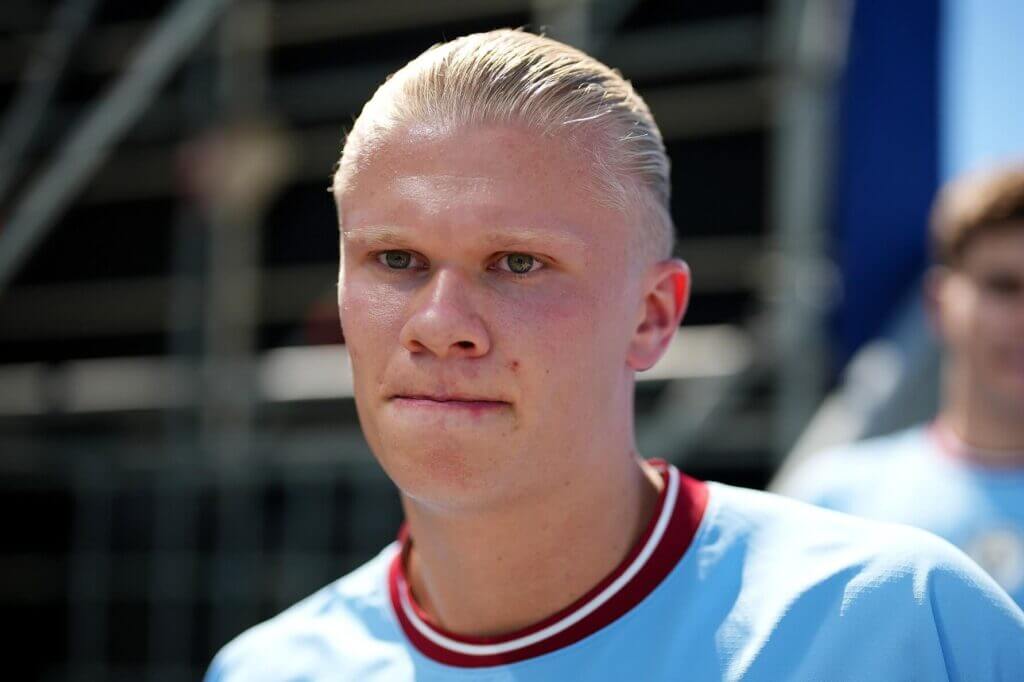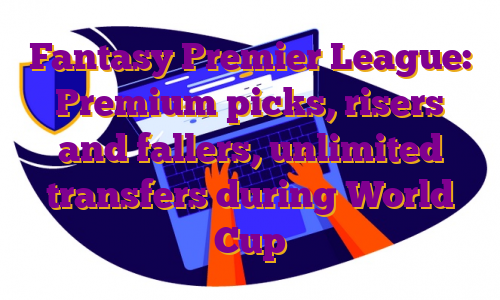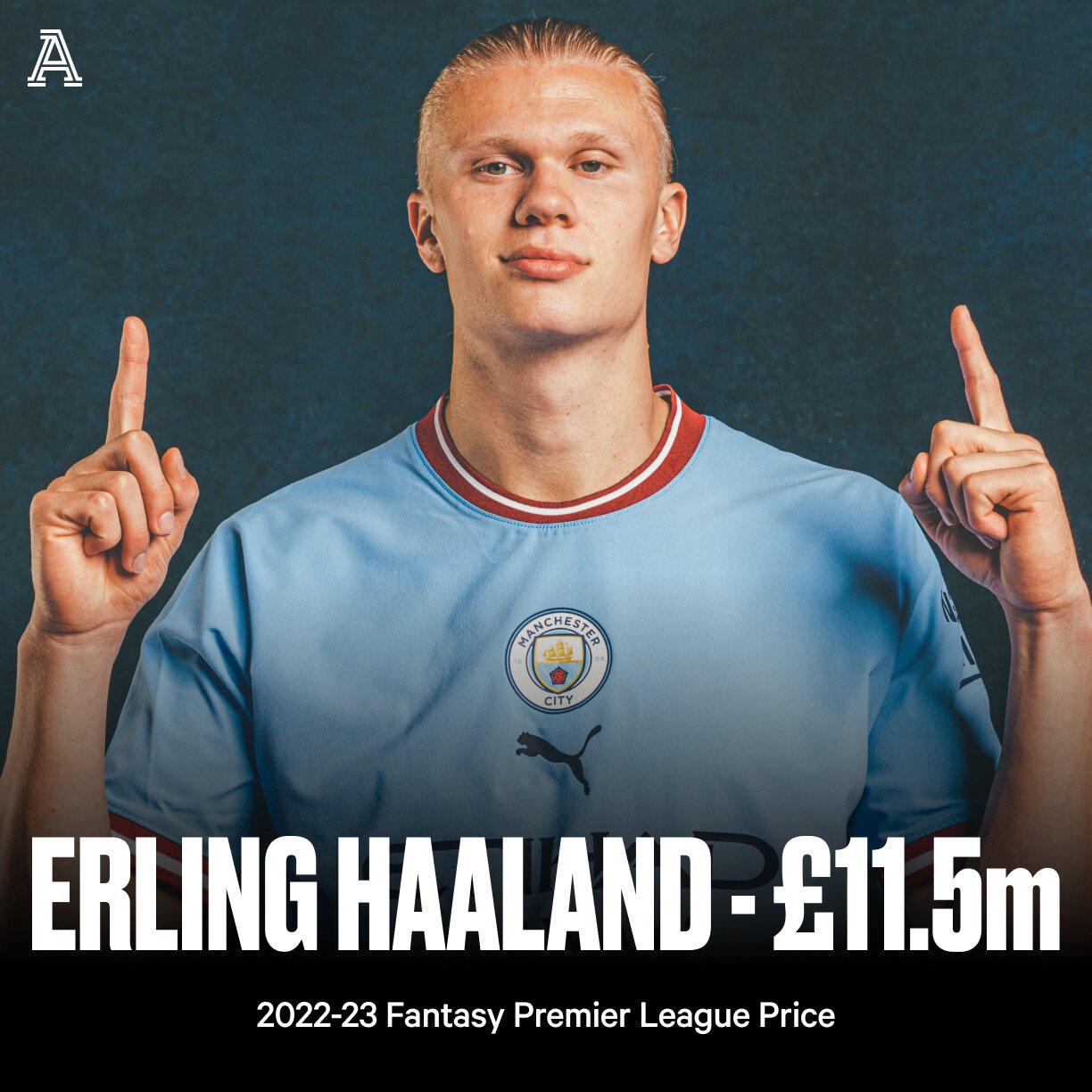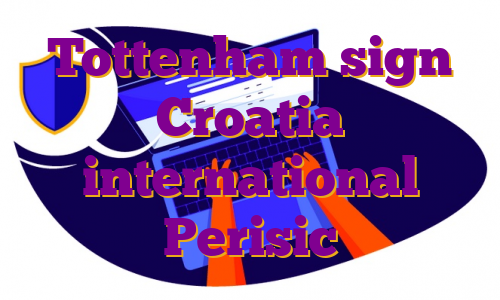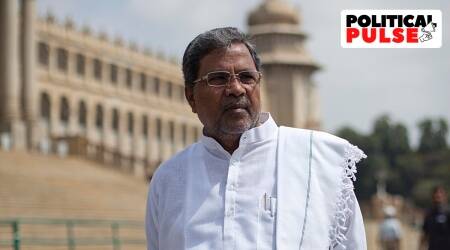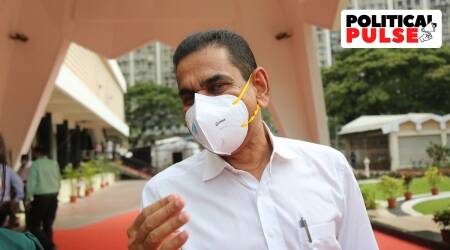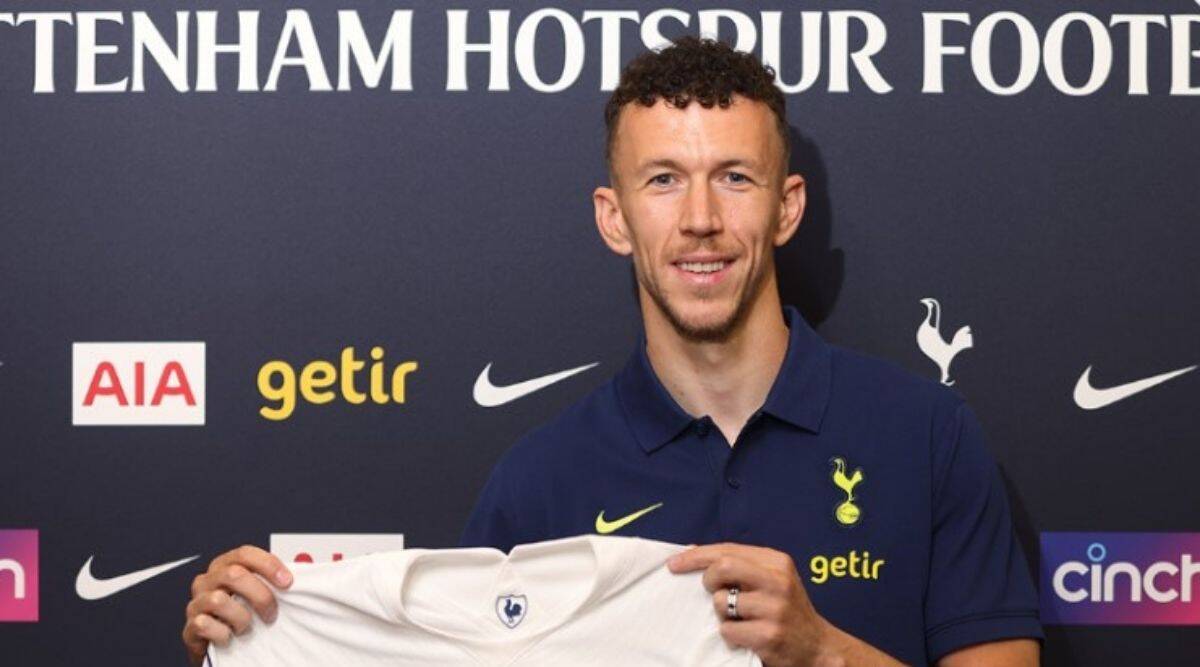When it comes to picking a Fantasy Premier League team, I see the task ahead as a big jigsaw.
There’s plenty of variables in play that we can’t control in FPL but it’s important to take advantage of the firm knowledge available.
And when it comes to deciding how to pick your FPL team for Gameweek 1 and then ensuring that you spend the 2022-23 season making clear, informed decisions, there are a number of planning tools — some available through the game’s official website and some that involve creating your own spreadsheets — that you should be aware of.
1. Make a calendar
This season, we have got 16 gameweeks of action before the World Cup break, which commences on November 16.
The game then resets for fantasy managers with unlimited transfers and therefore, we can study the first phase of this season in isolation.
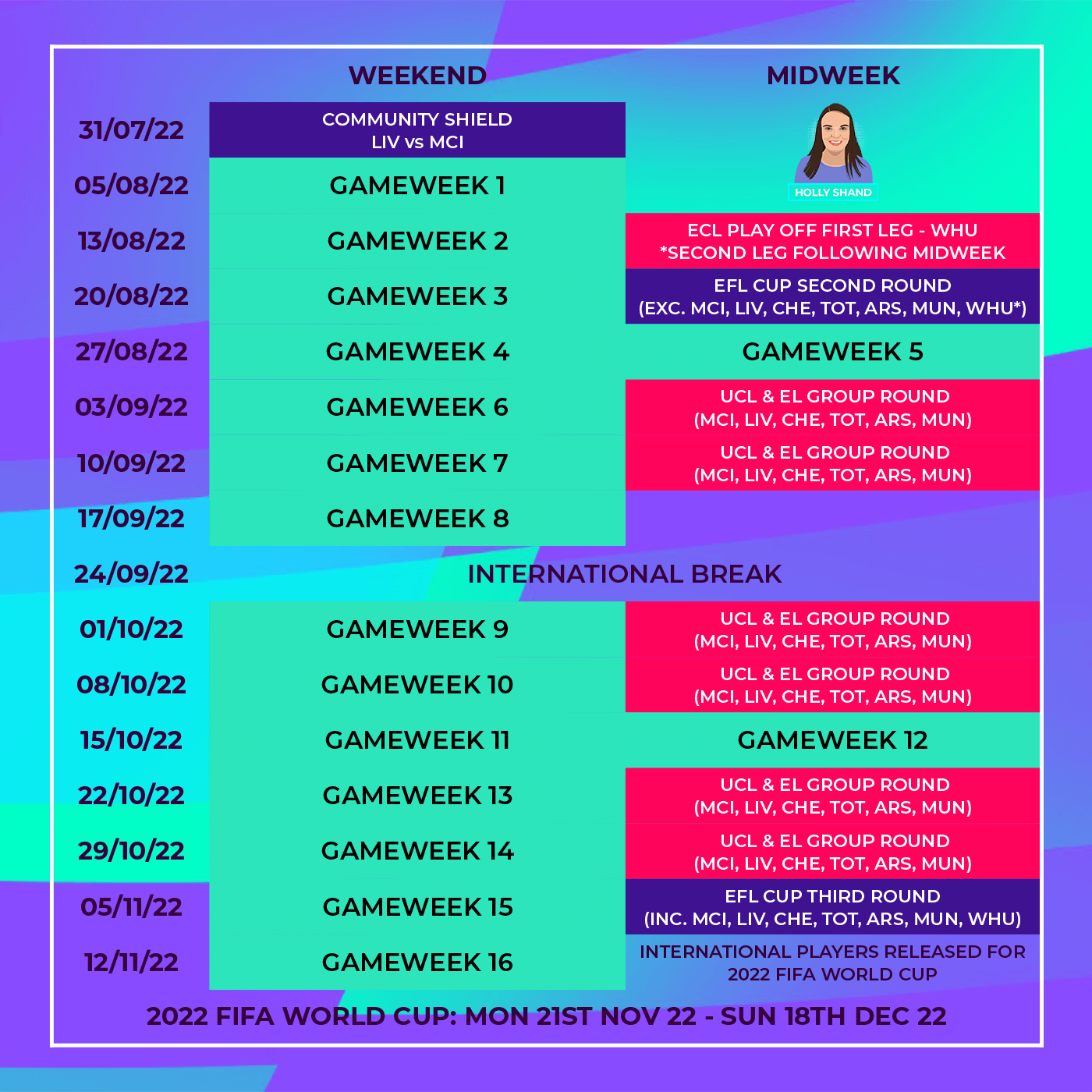
It helps to put the Premier League fixtures into calendar form and then identifying where domestic cup and European fixtures occur. This can give a good perspective of how the coming months will come together and where the key congestion points are.
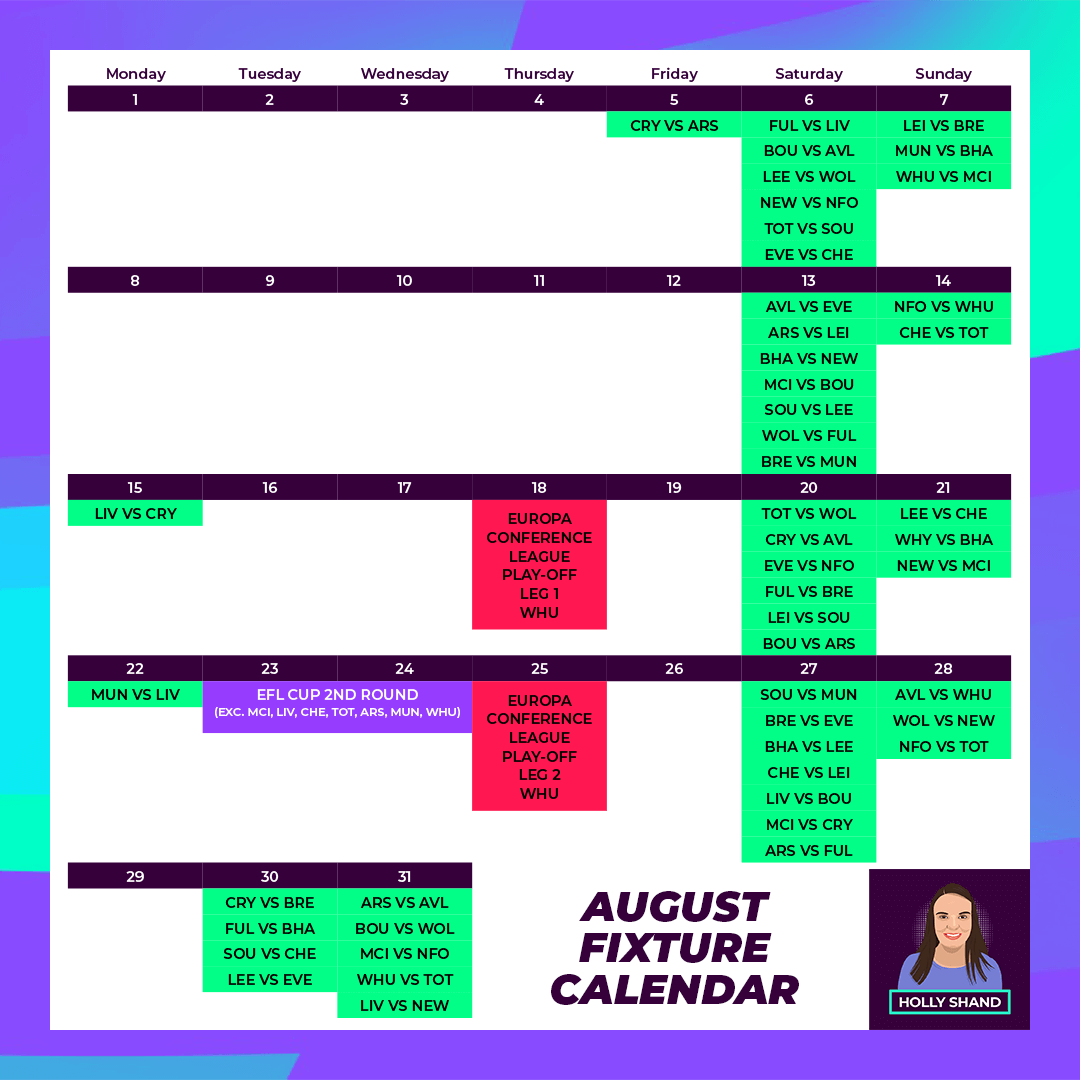
2. Pick your strategy
With the fixture calendar in front of us, pick a rough idea of when you’ll use your early wildcard (which has to be played prior to Gameweek 16 this season).
Having this date fixed will then narrow the window for the future stages of planning. The international break between Gameweek 8 and Gameweek 9 will be popular this season.
September’s international break gives a longer window of time to plan out a wildcard team and is far enough away from the transfer window closing to have settled teams and underlying numbers to base big decisions upon.
I explored a number of different wildcard strategies earlier this month.
3. Make a captaincy matrix
With timing for the first wildcard in mind, it’s now time to make a captaincy matrix. This is essentially a shortlist of fixtures you’d like to target for captaincy each gameweek.
Go through the fixtures for the early phase of the season gameweek by gameweek, identifying at least two options you would consider giving the armband to each week.
Once you have the list, then make a table with those key players for each gameweek and this will help to pinpoint the core offensive players you’ll need to start the season with.
We generally reserve captaincy for the premium players in the game priced over £10.0 million, which in this example below, involves players from Liverpool, Manchester City and Tottenham Hotspur.
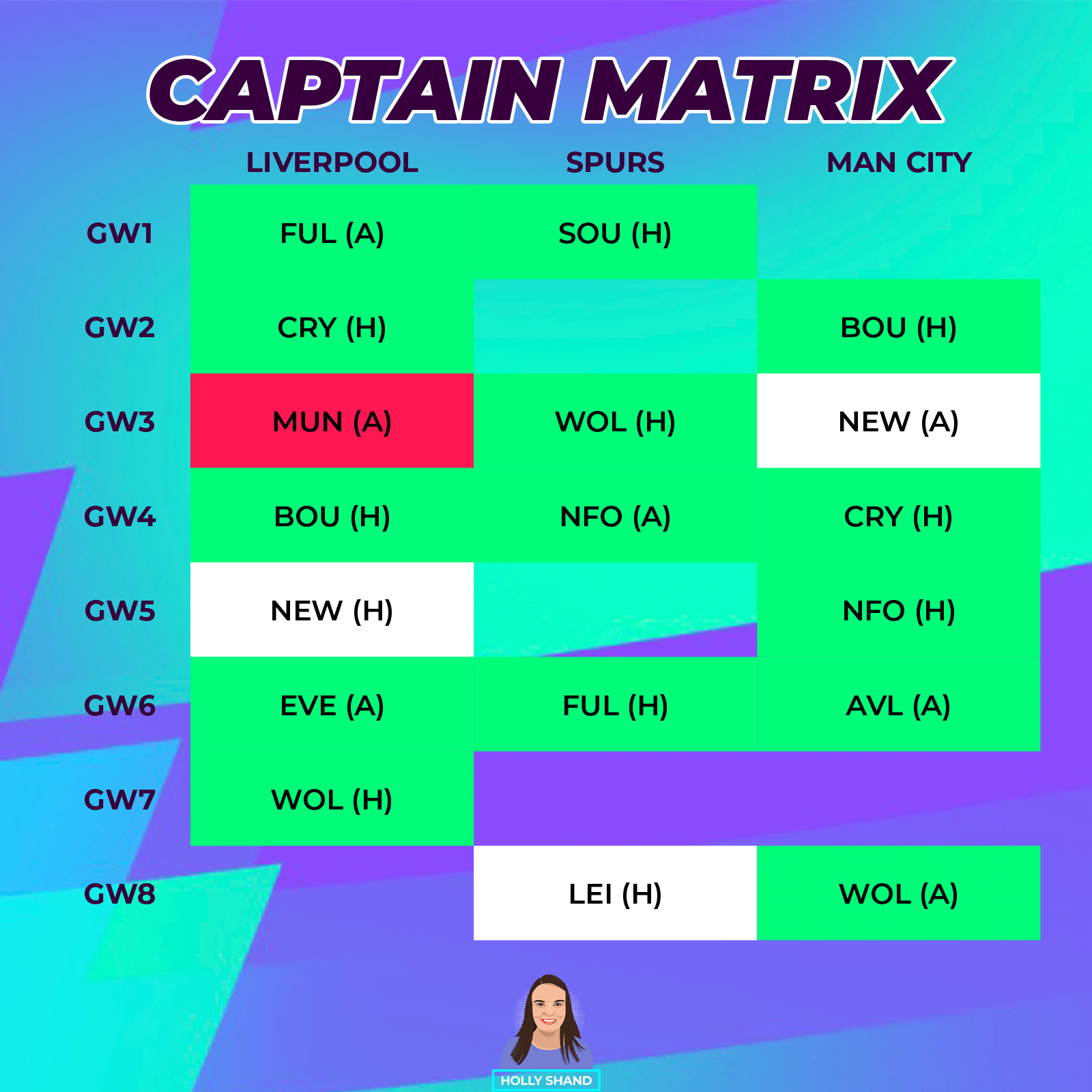
You could also bring players from last season’s top six into the equation — Chelsea, Arsenal and Manchester United — but their star players often lack the same consistency.
4. Pick premium players
Having made a forecast using a captaincy matrix, it’s now easier to pinpoint which premium players to own during the early weeks of the season.
Mohamed Salah (£13million) will be a must for many: he provides an outlet for all of the opening seven gameweeks of the season.
The decision then comes down to picking a premium player from Manchester City, Tottenham or both.
A move from Harry Kane (£11.5million) to Erling Haaland (£11.5million) or Son Heung-min (£12million) to Kevin De Bruyne (£12million) in Gameweek 2 could also be a viable strategy.
5. Find the best bench options
We need to pick a squad of 15 players but only 11 will be regular starters. Picking the best budget players in each position will give a better idea of the budget remaining.
Right now, it looks like we’ve got most utility (or value for money) from the cheapest midfielders and defenders in the game. No must-have starting players among the £4million goalkeepers or £4.5million forwards have emerged yet.
The go-to budget defender is Nottingham Forest’s Neco Williams (£4million), with Andreas Pereira (£4.5million) and Josh Dasilva (£4.5million) the more attacking of the budget midfielders.

6. Pick your formation
We have a wide range of formations available to us in FPL: 3-4-3 and 3-5-2 have long been go-to line-ups but managers should rethink this season.
Four or five at the back could be the smart way to play in order to take advantage of the output of full-backs in the Premier League right now.
A 4-4-2 will be the safest compromise but don’t be afraid of 4-5-1, 5-4-1, or even a daring 5-2-3. Remember that you must have at least three defenders, two midfielders and one forward.
7. Make a fixture ticker
On the fixtures tab of the Premier League website, you can access “FDR”, which is the game’s fixture difficulty rating. This is a great starting point.
Making a fixture ticker gives a good outlook of a team’s fixture ease over a specific period of gameweeks but is subjective.
Create your own fixture ticker, using your own perceived fixture ease to be able to rank the key teams to target.

It makes sense to create this chart for the window of time before you plan to use your first wildcard. Mine covers the opening eight gameweeks.
A fixture ticker should help you pinpoint which teams to target for players for the fringes of your squad.
8. Make a watchlist
The watchlist function is an underused tool on the Fantasy Premier League website and keeping it updated can keep you on the right track of making sensible fantasy decisions.
Aim to go through every Premier League team in isolation and add any players of interest to your watchlist.
Having a watchlist of around 50 players will make creating a Gameweek 1 team less daunting and stop any biases from creeping in.
🎞 How to make a watchlist on the FPL website… pic.twitter.com/39lDgI2d8f
— Holly Shand (@HollyShand) July 8, 2022
9. Research set-piece takers
Navigating to “The Scout” tab of the Premier League website gives a comprehensive list of set-piece takers at each club.
With a significant proportion of Premier League goals generated from dead-ball situations, picking players heavily involved in them could lead to fantasy points.
Some players are utterly dominant across penalties, free kicks and corners, and could be good long-term holds for our fantasy squads regardless of fixture difficulty.
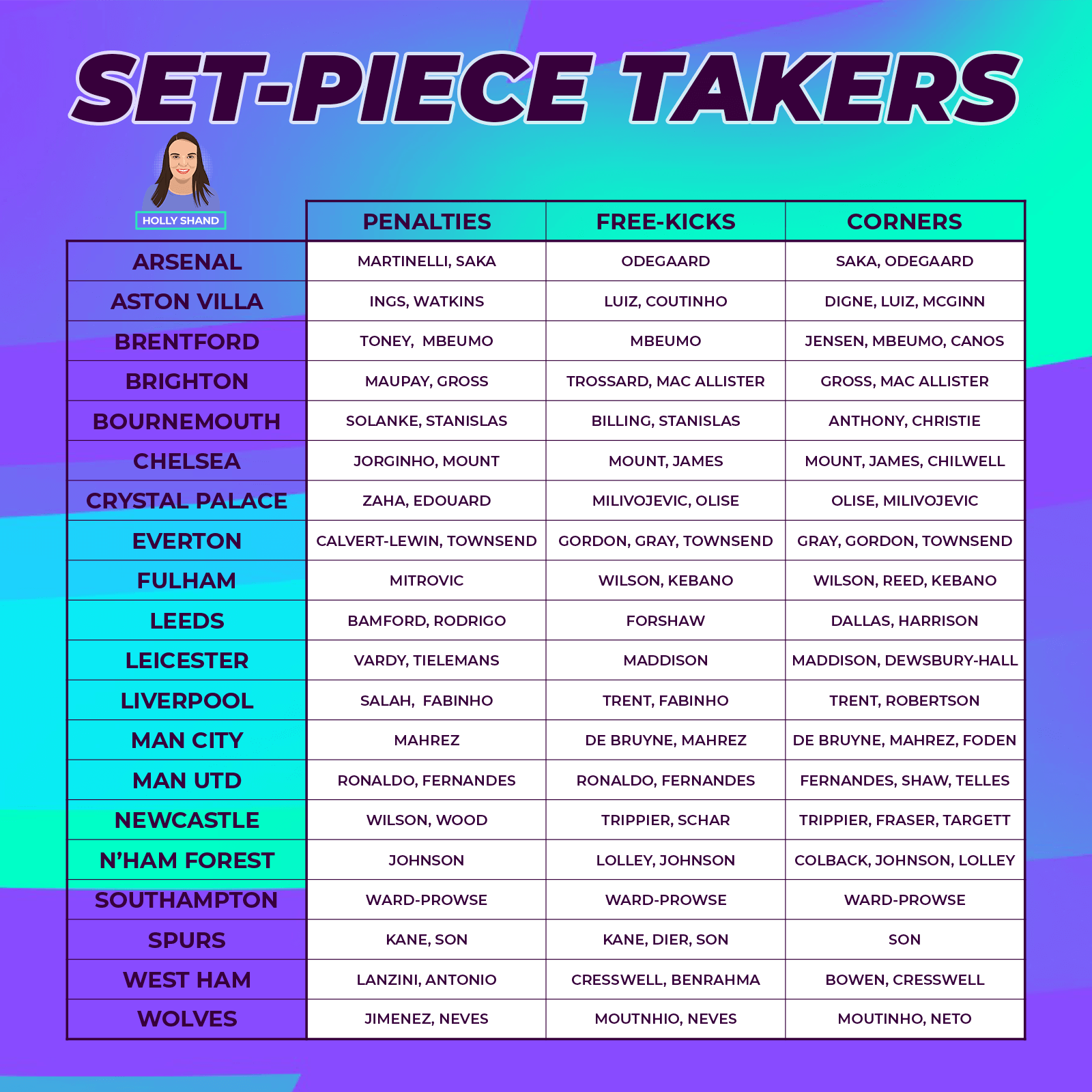
10. Study rotating pairs
When it comes to picking the 11th and perhaps 12th men of your fantasy squads, including players whose fixtures dovetail nicely could provide fantasy managers with additional utility.
This is particularly useful for your fourth and fifth defenders if you go with a back four, or even across defensive and offensive positions. Here’s a good example with Brighton and Leicester defenders.
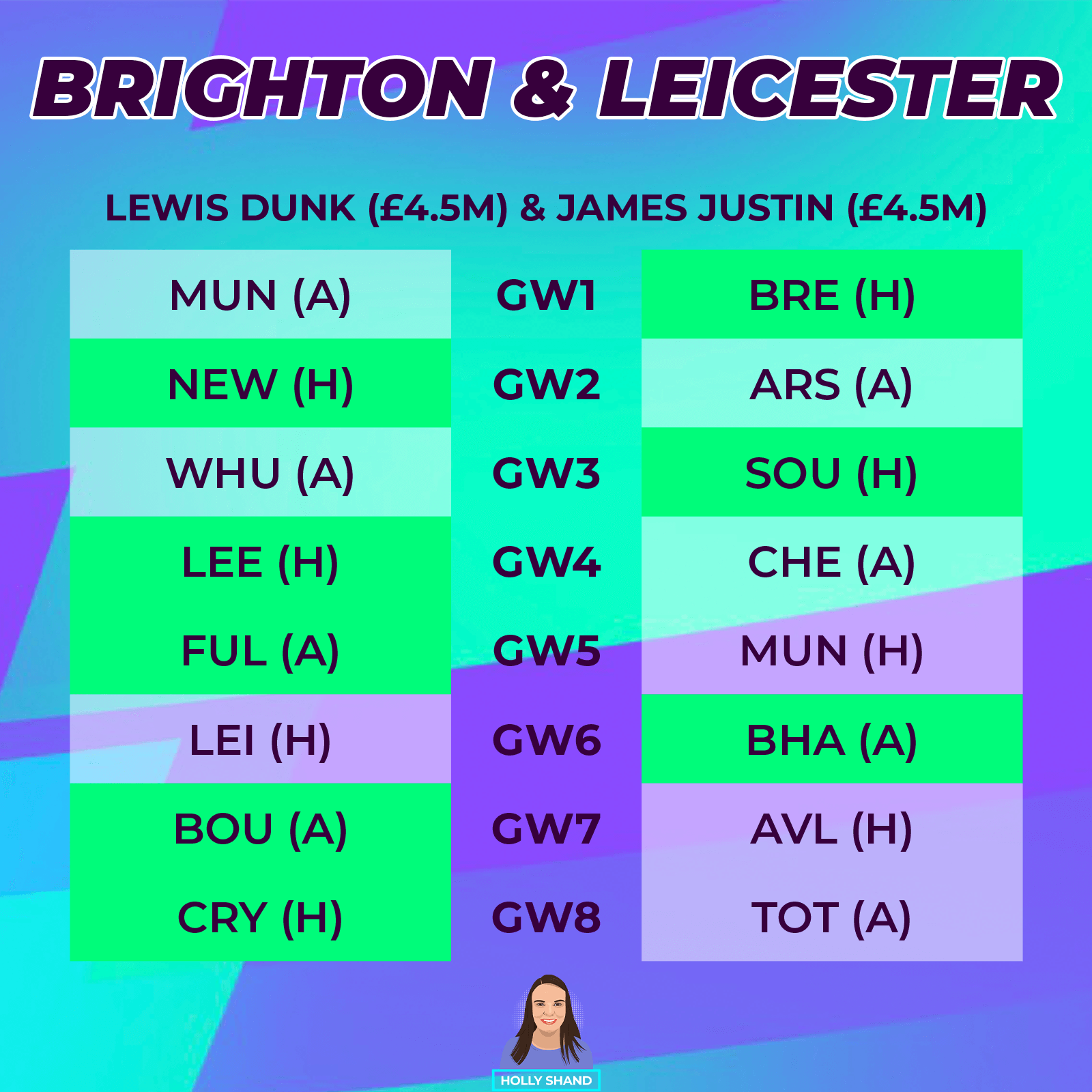
All teams are part of a rotating home and away pair, usually dependant on their geographical locations to support local services like the police.
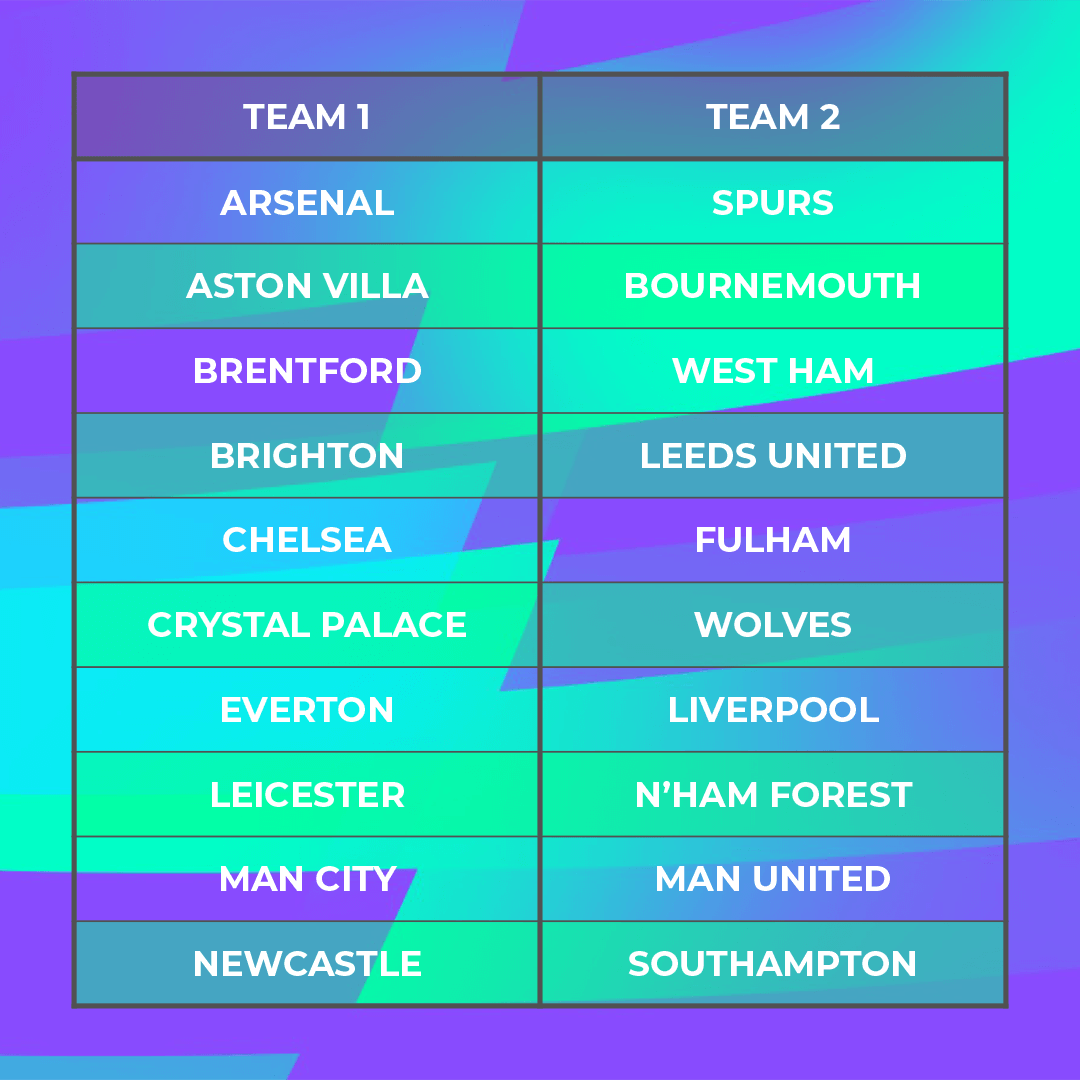
With all the research done, it’s then time to put the jigsaw together. To fail to plan is to plan to fail, so hopefully all this hard work will translate into a strong start to the season.
(Top photo: Clive Rose/Getty Images)
!function(f,b,e,v,n,t,s)
{if(f.fbq)return;n=f.fbq=function(){n.callMethod?
n.callMethod.apply(n,arguments):n.queue.push(arguments)};
if(!f._fbq)f._fbq=n;n.push=n;n.loaded=!0;n.version=’2.0′;
n.queue=[];t=b.createElement(e);t.async=!0;
t.src=v;s=b.getElementsByTagName(e)[0];
s.parentNode.insertBefore(t,s)}(window, document,’script’,
‘https://connect.facebook.net/en_US/fbevents.js’);
fbq(‘dataProcessingOptions’, []);
fbq(‘init’, ‘207679059578897’);
fbq(‘track’, ‘PageView’); .

